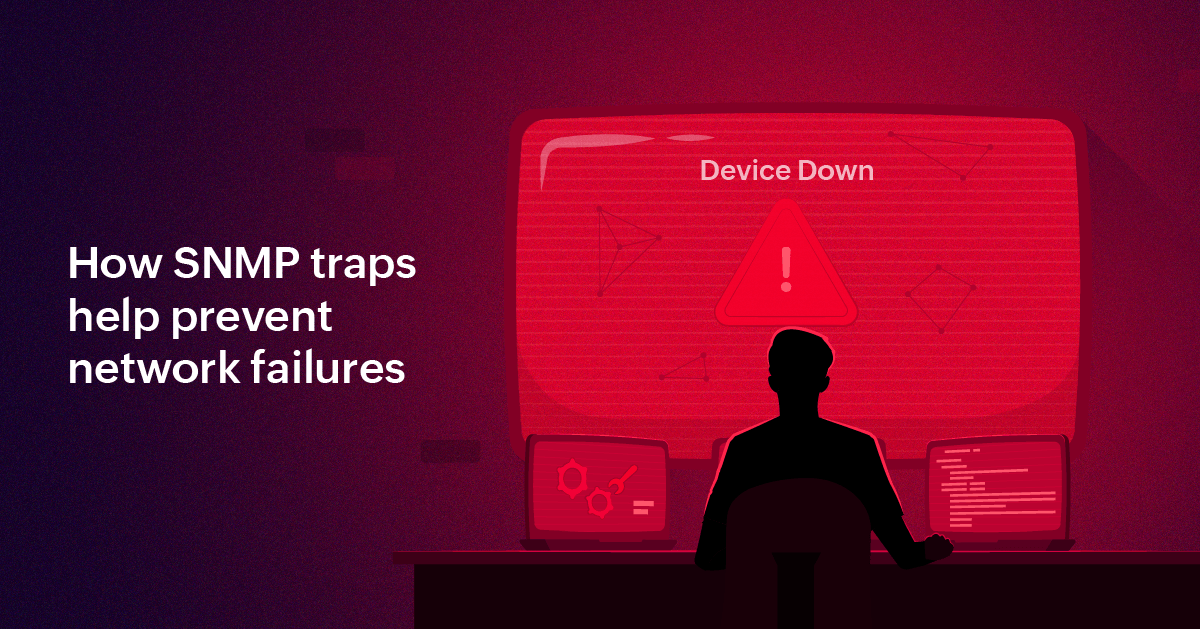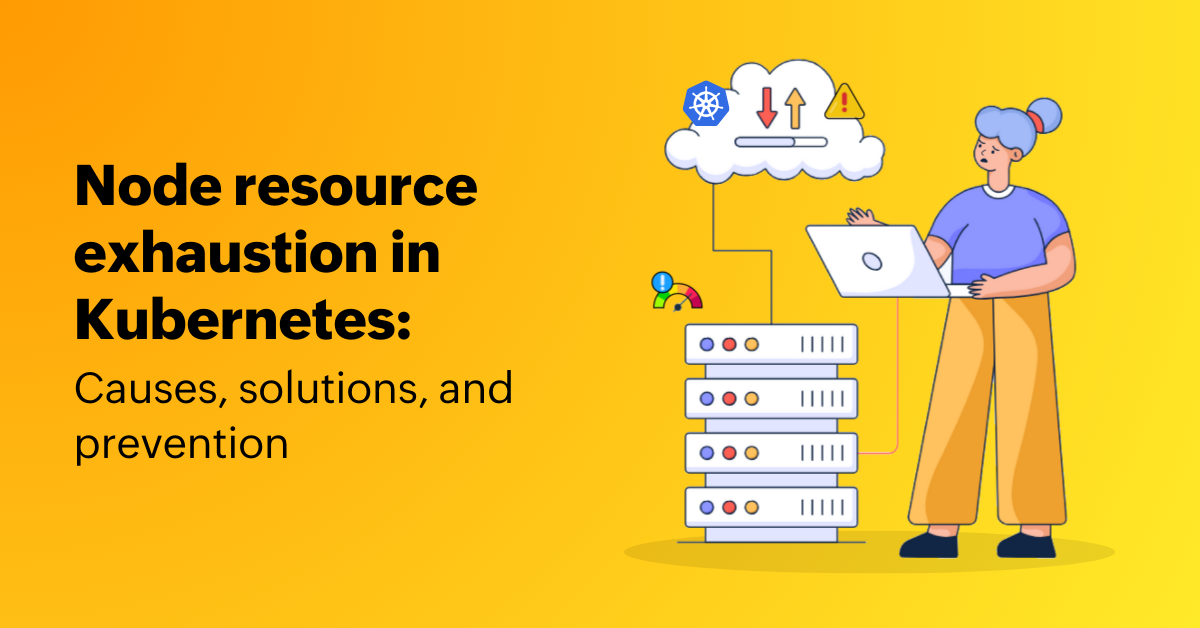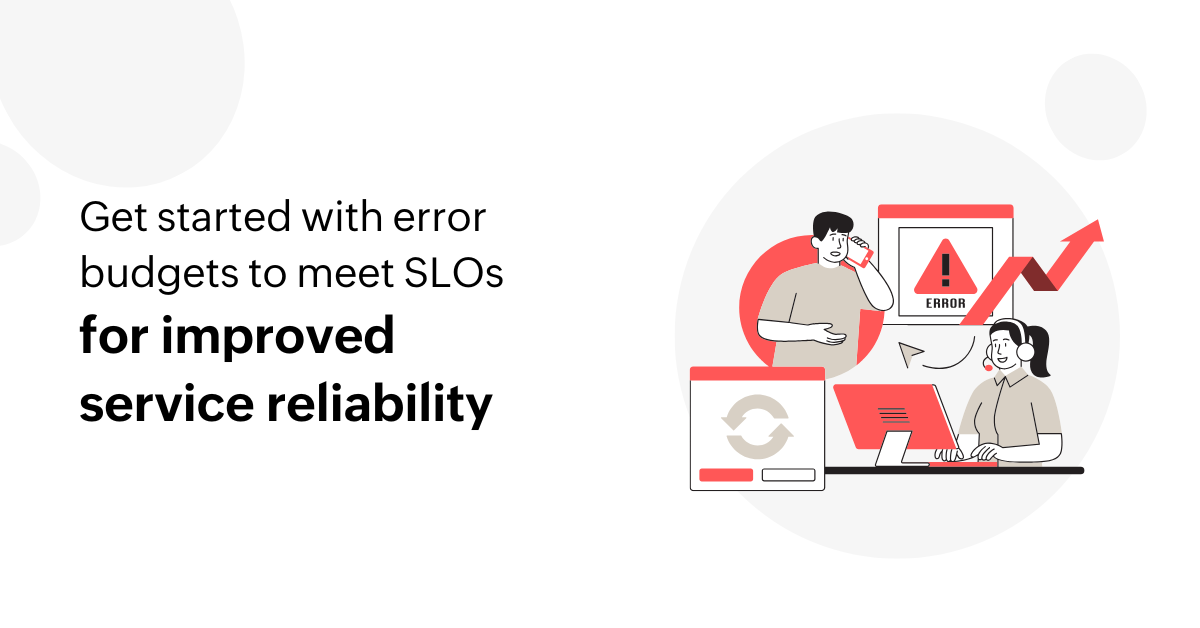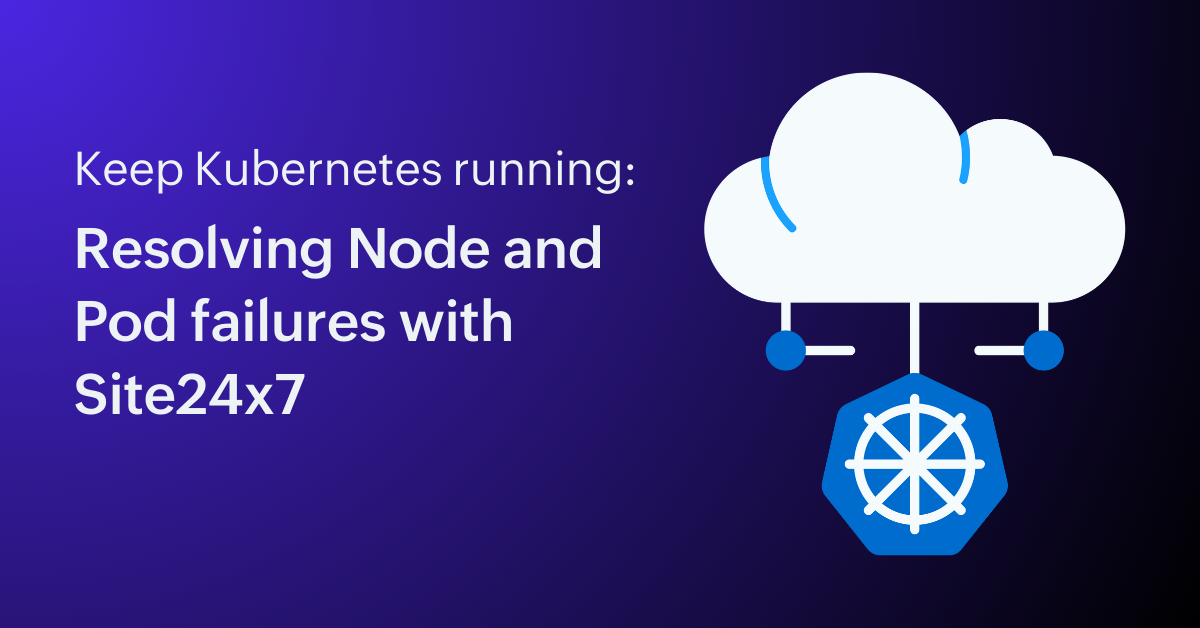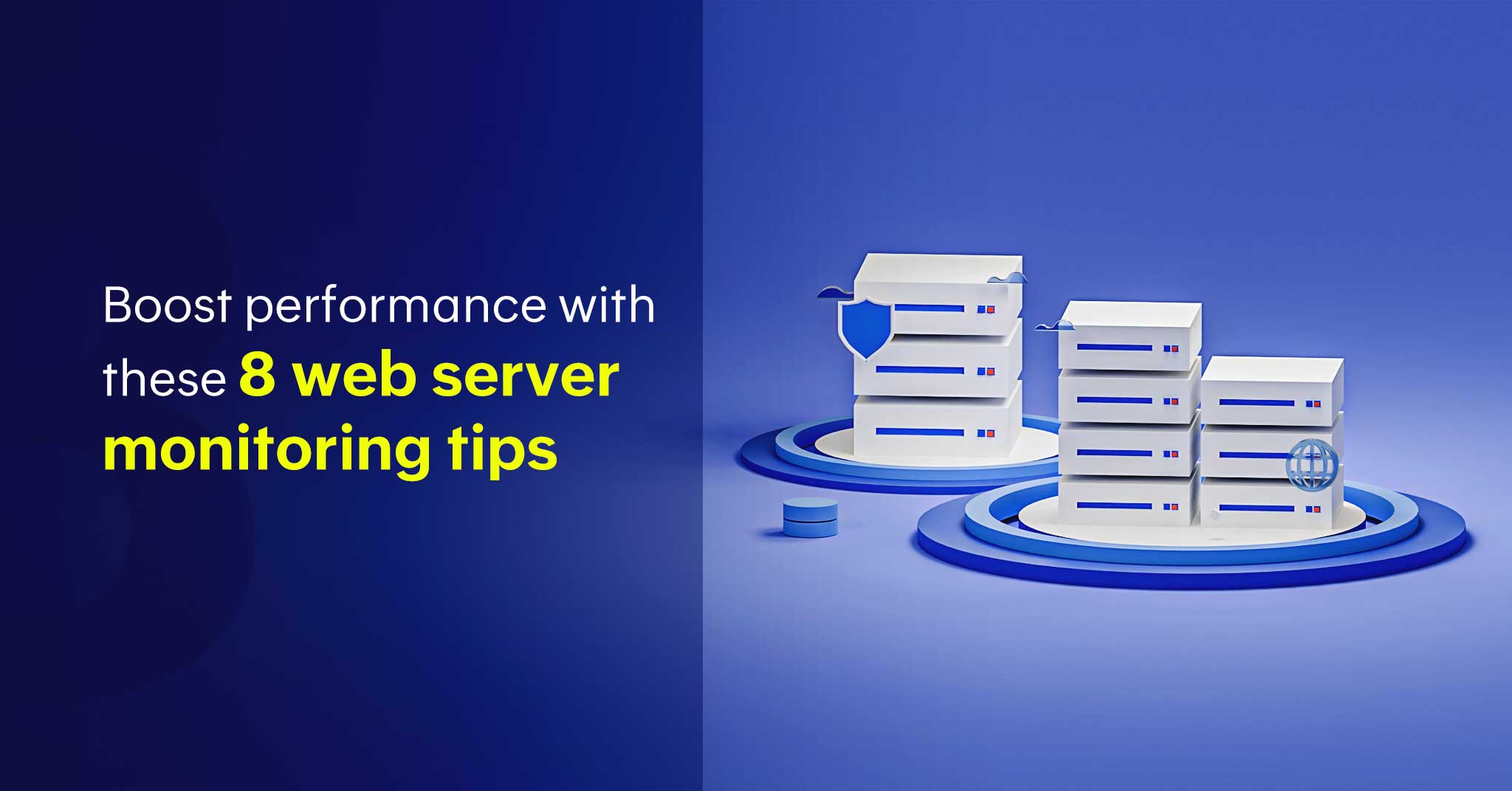Using eBPF for modern IT observability: challenges and opportunities
Today, eBPF is a powerful, widely accepted technology that operates at the kernel level of the operating system. It enables real-time, low-overhead monitoring of system calls, network traffic, and resource usage across applications and containerized deployments. Celebrated system performance expert and author Brendan Gregg once quipped that &...
Diagnosing and resolving high latency in AWS EC2 instances
This blog dives into the common causes of high latency in EC2 instances. You'll learn how to diagnose high latency and get practical fixes to restore speed.
Latency in your EC2 instances can arise from multiple sources and requires precise identification to resolve it effectively.
How SNMP traps help prevent network failures: A use case analysis
Optimizing Kubernetes node resources: How to avoid exhaustion and improve performance
When a node is low on resources—as in CPU, memory, or storage—a workload may suffer from failures, degraded performance, and eviction.
If you want your cluster to run smoothly, it's time to learn how to identify the root causes of your node resource exhaustion and take proactive steps to mitigate them before something gets out of ha...
From surface-level to strategic: Benefits of network traffic analysis
How to get started with error budgets to meet SLOs for improved service reliability
SLOs also mark the maximum error amount or period a system is allowed to experience within a timeframe to be judged as acceptable. Akin to a financial budget, an error budget expresses the things gone wrong (errors) as a percentage of the total time or requests that transpire in a timeframe: for example, 1% of monthly requests, 0.05% of daily...
From failure to fix: Diagnose Kubernetes Node and Pod problems with Site24x7
Picture a busy Monday morning. You are working on leftover projects from the previous week, and assuming everything is fine with your applications as you had not received support tickets during the weekend. All of a sudden, during the middle of the day, you get a flood of reports from users who complain about slow response in your application...
Server monitoring checklist
Do you ever look at the list of metrics you monitor and feel overwhelmed? That is a nice problem to have instead of needing to tweak your server performance KPIs because your server monitoring tool does not monitor them. With Site24x7's server monitoring suite, it is easy to be spoiled for choice when it comes to which metric to monitor.<...
Top 8 web server monitoring best practices
In this blog, we'll explore the best practices for monitoring web servers such Apache, NGINX, IIS, Tomcat, and more.
Starting with the basics, it's important to track uptime to check if your server is even online. Be sure to check response time, too, as this directly contributes to a user’s first impression—slow loads, like a la...
Monitoring AWS ElastiCache for real-time app demands
Real-time apps, like e-commerce platforms, gaming systems, or live streaming services, thrive on speed and responsiveness. AWS ElastiCache, an in-memory caching solution, drives these apps by providing fast data access with low latency, reducing database strain and scaling effortlessly. Yet, to ensure your app runs smoothly, monitoring Elasti...


